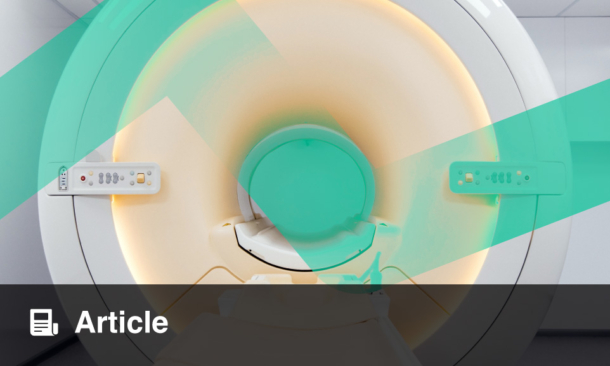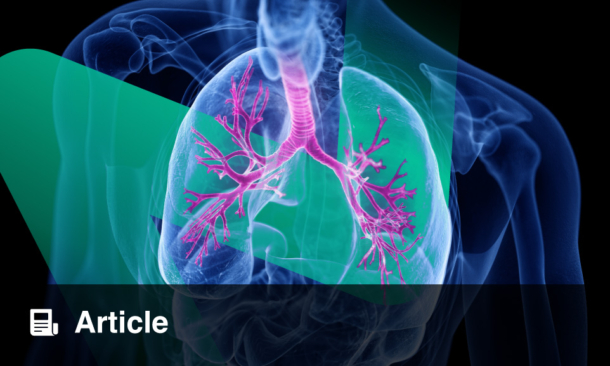EARLY exposure to ambient ozone in the first 2 years of life is associated with an increased risk of asthma and wheeze in early childhood, according to a new multisite cohort study involving over 1,100 children across six USA cities.
The study drew on data from the ECHO-PATHWAYS consortium (2007–2023), which followed 1,188 full-term children with complete residential address histories from birth to age 2 years. Researchers used a validated spatiotemporal model to estimate individual ozone exposure and applied logistic regression and Bayesian kernel machine regression to assess the independent and combined effects of ozone, fine particulate matter (PM2.5), and nitrogen dioxide (NO₂) on asthma and wheeze outcomes. Analyses were adjusted for a wide range of sociodemographic and neighbourhood variables.
At ages 4–6 years, 12.3% of children had caregiver-reported asthma and 15.8% had wheeze. A 2 parts per billion (ppb) increase in mean ozone concentration between birth and age 2 was associated with a 31% increase in the odds of asthma (OR: 1.31; 95% CI: 1.02–1.68) and a 30% increase in the odds of wheeze (OR: 1.30; 95% CI: 1.05–1.64). These associations held when ozone was assessed both independently and as part of an air pollutant mixture. However, no significant associations were observed at ages 8–9 years, suggesting that the respiratory effects may be more pronounced earlier in life.
These findings reinforce the importance of considering early-life air pollution exposure, even in regions with relatively low ozone levels, as a modifiable risk factor for childhood respiratory disease. Reducing ozone pollution and monitoring early environmental exposures may help mitigate asthma risk in young children.
Reference
Dearborn LC et al. Early-life ozone exposure and asthma and wheeze in children. JAMA Netw Open. 2025;8(4):e254121.







